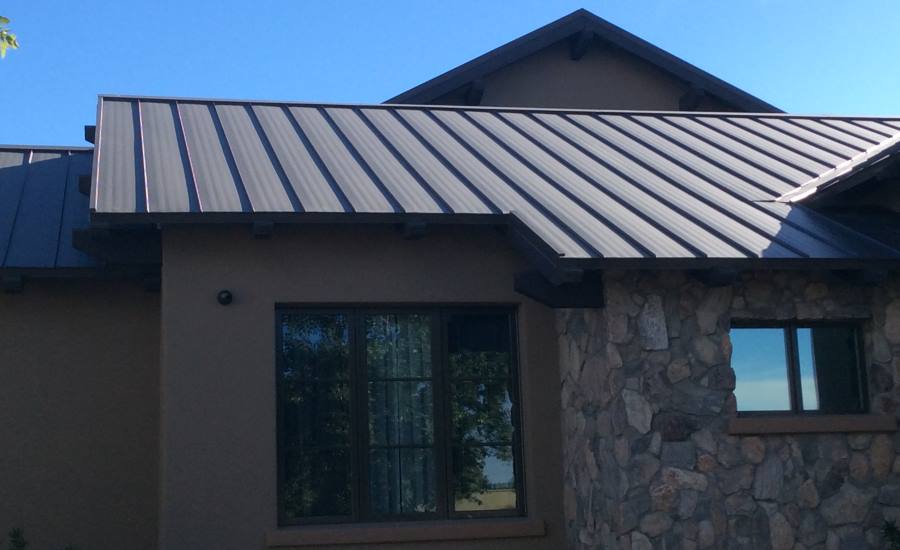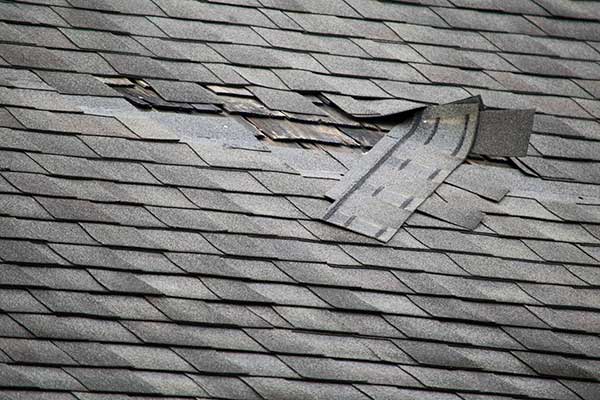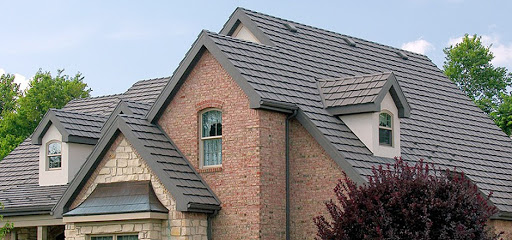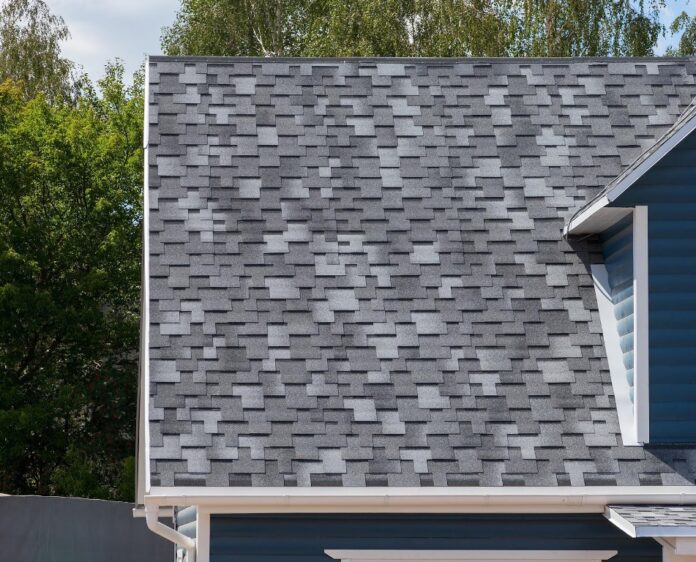Replacing a roof can cost anywhere from $2,000 to $12,000. It can even cost more if your roof has a special design like a unique slope. Especially when their roof replacement isn’t covered by their insurance policy.
One would think your home insurance policy would cover roof damage due to a fallen tree after a storm. But your insurance company can deny you protection because of the high cost of replacing a roof.
In this post, you’ll learn about roofing issues covered by insurance and roofing issues that aren’t. Let’s take a look.
1. Your Roof Is Fairly New
Most insurance companies will cover a roof typical damage when the roof is fairly new. But on the other hand, if your roof is more than 20 years old, you might get denied.

If any part of your roof is more than 20 years of age, an insurance company might not pay to replace it. That’s because 20 years is the typical lifespan of a shingle roof.
Even if you replaced the upper portion of your roof to the top layer, the insurance company might not cover you if the lower layers are 20 years old or more. The reason: a home insurance company doesn’t want to cover homeowners the entire price of a roof that is near the end of its lifespan or lifecycle.
Though, don’t fret. Insurance companies will usually pay to repair it. Or they may cover you to replace the roof at the depreciated value. That may offer some help but you may need to cover the remaining balance.
2. Your Roofing Material Has a Long Lifespan
If your roof isn’t too expensive and has a long lifespan an insurance company will likely pay to replace it. Insurance companies are in business is to build revenue. Some won’t cover roofs that have a short lifespan. Or if they’re made from expensive materials and get damaged easily.
If you have a regular shingle roof, you’ll be in luck. Some insurance companies won’t cover your roof if it’s made of wood.
But if you have a wood shake roof, you may have a problem. Roofs made of wood shakes burn easily, are susceptible to water damage, and the price of wood is costly.
Make sure to shop around to different insurance companies to see what types of materials they’ll cover. And read your policy carefully, so you don’t get stuck footing a big bill. Check out these tips for roofing materials to learn more.
3. You Have a Roof That’s Impact Resistant
Insurance companies have been known to give homeowners a break if they have strong roofs that hold up to the elements. These types of roofs are considered impact or wind resistant.
These roofs lower the possibility of your getting damaged by heavy winds and hail. And insurance companies reward these homeowners with discounts.
On the other hand, if your roof is made of metal, that could be a problem. Although metal resists fires, it can easily get dents from hail storms. And metal roofs are expensive to replace.
Another type of roof that is expensive and susceptible to the weather is slate. These heavy luxury roofs cost a lot of money to replace. Often insurance companies pass off the roof damage as cosmetic issues.
If the issue is determined to be cosmetic, they probably won’t replace it. To add, if your roof is constructed from an expensive material, don’t be surprised if your insurance company tacks on a high premium.
4. The Damage Was Beyond Your Control
Your insurance policy will typically cover damage if the damage was beyond your control. This means the malfunction of the roof wasn’t due to your negligence.
One reason why the damage could be looked at as the homeowner’s fault is if they had an existing roof leak caused by typical wear and tear. An example: the rain caused damage because you never fixed a roof leak.

Then later, if a shingle flew off the roof, the insurance company refuse to pay for the water damage it caused because you neglected to call a roofing specialist to fix the problem.
5. Your Policy Covers Fire and Vandalism
Your homeowner’s insurance policy should include roofing insurance. And one reason you would typically be covered if your home catches on fire.
If the roof defects are so bad that the roof needs to be repaired or even replaced, your insurance company is responsible.
But the fire has to be caused by reasons beyond the policy holder’s control such as vandalism or fire.
6. When You Have Additional Flood Insurance
If you live in an area that is prone to flooding, you need to purchase flood insurance. Flooding is a roofing issue not covered by insurance.
Homeowner insurance policies may cover water damage inside the home but you need to buy additional flood insurance.
If you live in a flood zone, flood insurance will be required. If you have the necessary flood coverage and your roof causes damage, you should be fine.
7. You’ve Gone Over the Roofing Issues Covered in Your Insurance Policy
Make sure to go over your insurance policy with a fine-toothed comb. This will let you know what roof issues you’re covered for (and which one’s you’re not).
Lately, insurance companies are no longer continuing to cover roofing issues caused by wind and hail damage. Their reason?
It’s too expensive.
Knowing what’s in an insurance policy is crucial for every homeowner to know. So make sure to read the fine print in your policy.
Now You Know 7 Roofing Issues Covered by Insurance

Now you know roofing issues covered by insurance. You also learned the when your roof may not be covered. Whatever you do, read your insurance policy carefully to be informed of your coverage.
Looking for more essential tips about your home? Explore more content on our blog.




